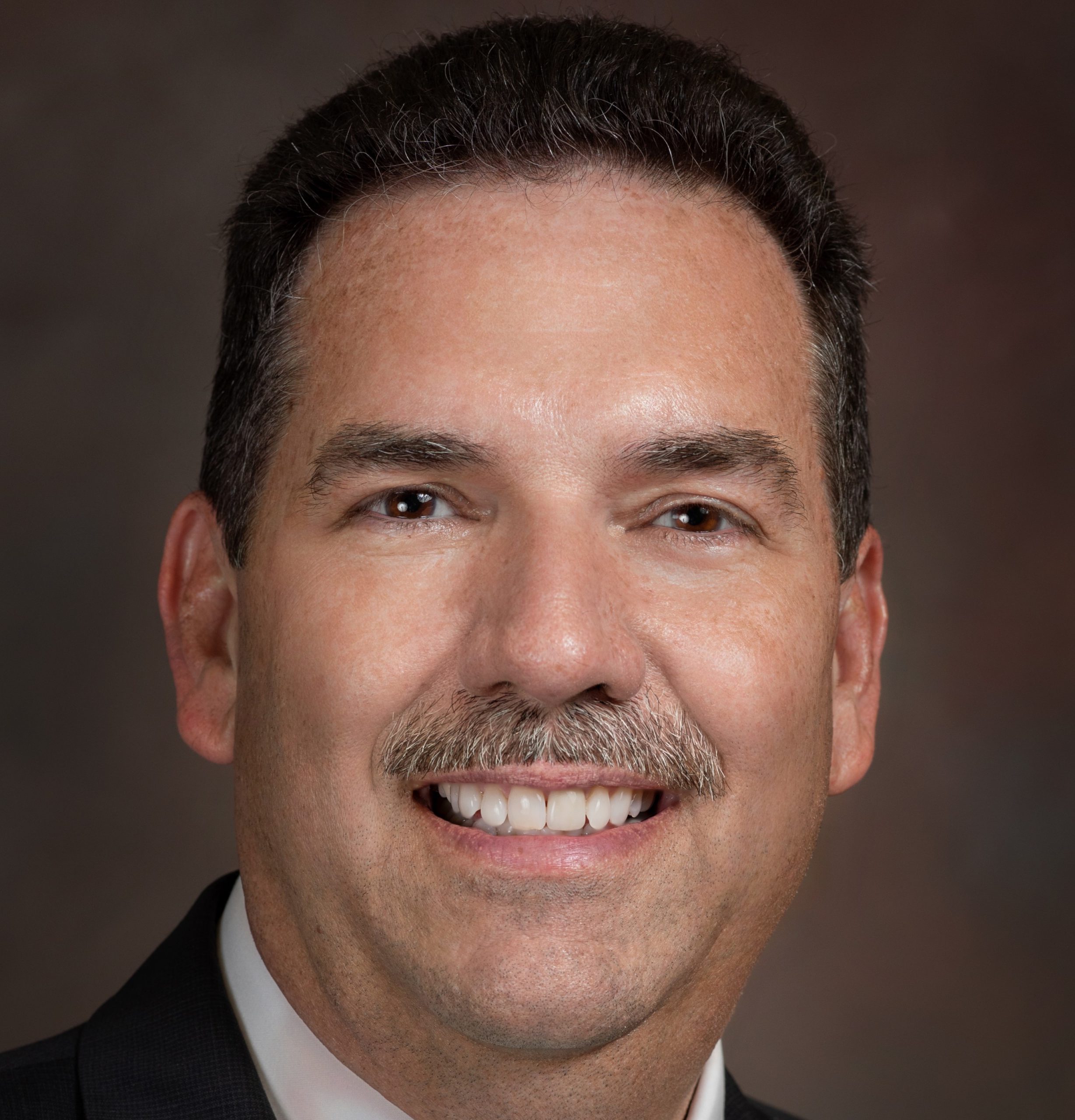
On the first day of school when classrooms reopen in Texas’ Ector County ISD, teachers are more likely to cover social-emotional learning than math or English, Superintendent Scott Muri says.
“Previously, day one would be learning from minute one,” Muri tells District Administration. “This year, minute one may be more about ‘How are you doing?’ as opposed to ‘Open your math books.'”
Of the 17 committees Muri has created to plan for buildings to open in August, one is solely focused on SEL. It’s a topic that has been a professional development and classroom priority since a mass shooting occurred in the community at the beginning of last school year.
That frightening event has now been compounded by the coronavirus outbreak, Muri says.
More from DA: How educators can be part of dismantling systemic racism
“When kids come back, many, if not all of them, will have experienced the coronavirus trauma and we’ll still be reliving the trauma from the mass shooting,” Muri says. “We’ve got to make sure kids feel safe to express themselves and to display some of the behaviors they will need to display.”
Other SEL efforts in the 34,000-student district include developing rigorous medical procedures that make students and staff feel safe.
For example, the administrators intend to minimize movement in schools so if a coronavirus infection is diagnosed in one part of a building, the likelihood of it spreading to others elsewhere is reduced, Muri says.
“It may not mean closing a building when we have a case, it may just mean closing a part of a building or a wing,” Muri says. “We fully expect kids and teachers to have the virus. We have to mitigate that but we will not close an entire district because we have one case in one school.”
3 approaches to reopening schools
Muri and his teams are developing three scenarios for reopening schools: fully online, completely in-person and—the most probable scenario—a hybrid blend of remote and face-to-face instruction.
“We don’t think either one of those first two options are likely,” Muri said. “We want to make sure we are serving students face-to-face who experienced the greatest learning loss. We intend to customize an environment that allows us to have more face time with those students”
More from DA: Here’s the formula for a school district turnaround in an NYC suburb
Those groups include students in special education, English-language learners, economically disadvantaged students, pre-K through 2nd grade, and others who did not have a positive online learning experience.
The upside of having fewer students in a school at one time is that teachers will be able to better tailor instruction to all students. However, other adjustments may be made for students whose families have been harder by the pandemic and the economic downturn.

“We’re now thinking about how we structure learning environments for high school students who are now working because parents lost their jobs,” Muri says. “Maybe we see them at night as opposed to during the workday.”
Transportation will play a key role in minimizing the number of students in a building each day.
“We’re looking at system that operates like a city bus making constant loops,” Muri says. “We don’t want or need all kids in school at the same time every day. We need skids moving in and out so we have small numbers who we can serve more effectively.”
On the bright side of COVID crisis
While Muri calls closing and reopening schools “the most complex puzzle” he’s dealt with in more than 30 years in educations, he does see opportunities for his district and the wider education system to accomplish some long-needed improvements.
“I hate that it took a pandemic to get schools to think differently,” Muri says. “But we have an opportunity to redesign schools and accelerate improvements that should’ve happened over the last century.”
More from DA: Social media offers students a ‘lifeline’ in an age of anxiety
For one, it has sped the adoption of various tech tools by students and teachers, and this will continue alongside online learning in the 2020-21 school year.
The model of continuous bussing throughout the day and students moving in and our buildings in shifts should allow teachers to tailor instruction to learners at an even more granular level, Muri says.
“It will give teachers time to assess smaller groups of students more carefully and diagnose the solutions and provide remediation,” he says. “We want to make sure we come out of this better than before.”
DA’s coronavirus page offers complete coverage of the impacts on K-12.







